I vividly remember purchasing my first OLED TV, the LG E8 55 inch back in 2019, right before the world retreated into isolation. It turned out to be the perfect companion for those secluded times. Initially, I didn't fully grasp the essence of OLED (organic light-emitting diode) technology. I was aware that unlike LCD displays, OLEDs feature self-lit pixels, enabling infinite contrast. But it was while immersing myself in the vibrant worlds of Final Fantasy XV and navigating the gritty landscapes of The Last of Us Part II that the true magic of OLED hit me. It felt like living through a nostalgic fever dream in real-time. Naturally, I didn't stop at the E8.
Years later, I upgraded to the LG C2 65-inch TV. Since then, I've reviewed numerous devices with OLED displays and discovered that not all OLED screens are created equal. In fact, not all OLED displays share the same technology. You might wonder, "How many types of OLED are there?" There are many, but you should focus on three: WOLED, QD-OLED, and AMOLED.
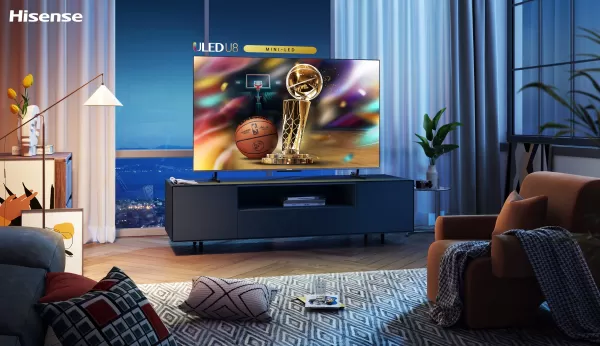 WOLED, QD-OLED, and AMOLED: How They Work
WOLED, QD-OLED, and AMOLED: How They Work
OLED technology has been around for decades, with companies like Kodak and Mitsubishi experimenting with it. However, it wasn't until LG introduced its OLED TVs in the early 2010s that the technology became mainstream.
LG's version of OLED is called WOLED (White OLED). Although LG doesn't use this term in its marketing, preferring to simply brand it as OLED, WOLED employs a pure white OLED layer with an RGBW color filter. This approach helps mitigate the issue of burn-in, which accelerates due to the different deterioration rates of red, green, and blue emitters in traditional OLEDs. However, using a white OLED layer can lead to imbalanced brightness and reduced color volume. Higher-end WOLEDs attempt to address this with Micro Lens Array technology, which enhances light focus.
In 2022, Samsung introduced QD-OLED (Quantum Dot OLED), which uses a blue OLED layer and a layer of quantum dot color converters. Unlike the RGBW filter in WOLEDs, quantum dots absorb and convert light without losing any backlight, resulting in brighter and more vivid colors.
AMOLED stands in its own category, featuring a thin-film transistor (TFT) layer that controls the charge of each pixel, allowing for faster activation. However, this comes at the cost of OLED's iconic "infinite" contrast.
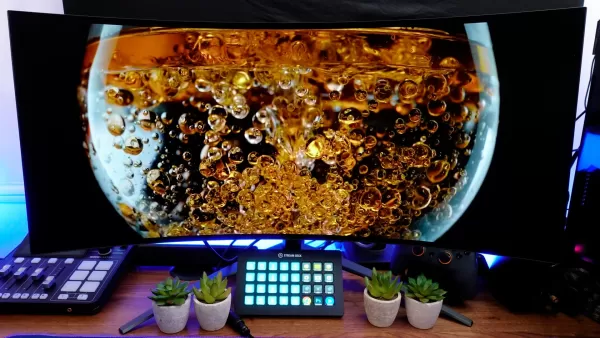 WOLED, QD-OLED, and AMOLED: Which Is Better for Gaming?
WOLED, QD-OLED, and AMOLED: Which Is Better for Gaming?
Choosing the right OLED technology for gaming depends on your specific needs and preferences. If you're looking for a straightforward answer, QD-OLED is generally considered the best. However, there are scenarios where WOLED or AMOLED might be more suitable.
AMOLED displays are commonly found in smartphones and laptops. They're less common in TVs due to their cost. AMOLED's flexibility makes it ideal for foldable devices, and it offers high refresh rates and better viewing angles. However, AMOLED displays struggle in direct sunlight due to lower peak brightness.
For gaming monitors and TVs, you typically choose between WOLED (marketed as OLED) and QD-OLED. WOLEDs can achieve high brightness levels, particularly with whites, but lose brightness across colors due to the RGBW filter. QD-OLEDs, on the other hand, provide overall brighter visuals and more vivid colors thanks to their quantum dot technology.
I have my OLED TV in my living room opposite windows, so it faces significant glare. Yet, the darkest parts of the screen still appear black. In contrast, my QD-OLED monitor on my desk shows a purplish tint in similar conditions. This is because Samsung removed the polarizing layer from QD-OLED displays to boost brightness, which can increase reflections.
While QD-OLED displays generally offer superior color and brightness, WOLED screens are less distracting in highly reflective environments. However, the quality of these displays ultimately depends on their specifications and price point; generally, the more you spend, the better the display.
But QD-OLED and WOLED might not be our only options for much longer.
The Future of OLED Is PHOLED
There are several types of OLED, including PHOLED (Phosphorescent OLED), which uses phosphorescent materials to convert energy into light more efficiently than fluorescent materials. The challenge with PHOLED has been the shorter lifespan of its blue component compared to green and red, which can make a PHOLED panel less viable.
Recently, LG announced a breakthrough in blue PHOLED technology, paving the way for mass production. LG refers to PHOLED as "Dream OLED" due to its 100% luminous efficiency, which far exceeds the 25% efficiency of fluorescence. This means PHOLED TVs could be brighter and consume less power.
While we won't see PHOLED displays in TVs anytime soon, we can expect to see this technology in smartphones and tablets in the near future.








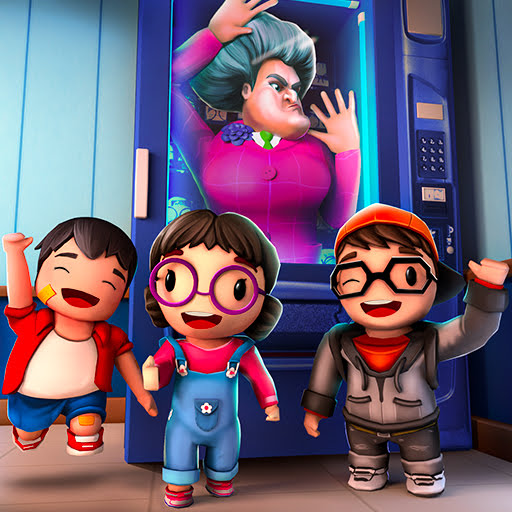

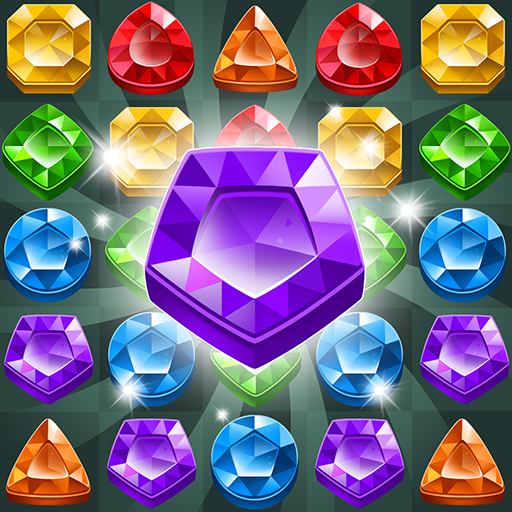







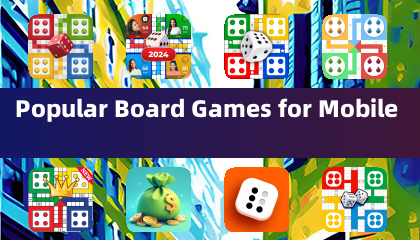

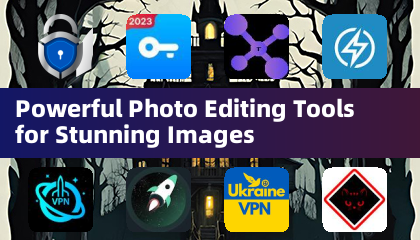



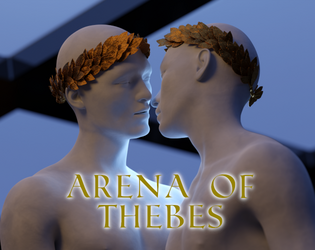
![City Devil: Restart [v0.2]](https://img.icssh.com/uploads/38/1719554737667e52b102f12.jpg)


